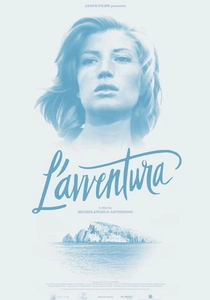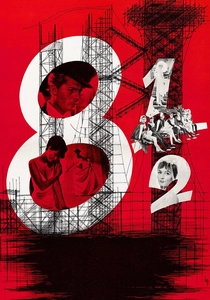If you loved the raw, unfiltered storytelling of 'Weekend' (1967), a French New Wave classic that blends romance, existentialism, and social critique, you're in for a treat. This article explores 10 movies and shows that capture the same rebellious spirit, artistic depth, and thought-provoking themes. Whether you're a cinephile or just discovering the genre, these recommendations will expand your cinematic horizons.

The 400 Blows (1959)
Description: A poignant coming-of-age story that captures the alienation and restless spirit of youth. Its semi-autobiographical nature and naturalistic style resonate deeply with the reference's themes of personal freedom and disillusionment.
Fact: The film's iconic final shot was improvised on the spot. It was the first in a series of films following the protagonist, Antoine Doinel, through different stages of his life.
 Watch Now
Watch Now 
Breathless (1960)
Description: A groundbreaking film that redefined cinematic storytelling with its spontaneous, free-flowing narrative and innovative editing techniques. Its exploration of youthful rebellion and existential themes aligns closely with the reference.
Fact: The film was shot on location in Paris with a handheld camera, giving it a raw, documentary-like feel. It was made on a shoestring budget but became a landmark of the French New Wave.
 Watch Now
Watch Now 
L'Avventura (1960)
Description: A meditative exploration of alienation and emotional voids among the wealthy. Its slow-burning tension and focus on existential ennui resonate with the reference's themes of disconnection and search for meaning.
Fact: The film was booed at its Cannes premiere but went on to win the Jury Prize. It marked a turning point in modern cinema with its deliberate pacing and unresolved narrative.
 Watch Now
Watch Now 
Last Year at Marienbad (1961)
Description: A enigmatic, dreamlike puzzle of a film that plays with memory, time, and reality. Its ambiguous narrative and striking visual style parallel the reference's experimental and unconventional approach.
Fact: The film's labyrinthine structure has inspired countless interpretations. Its precise, geometric cinematography was achieved using mirrors and carefully choreographed camera movements.
 Watch Now
Watch Now 
Jules and Jim (1962)
Description: A complex love triangle that explores themes of passion, freedom, and the fleeting nature of happiness. Its unconventional narrative structure and emotional depth mirror the reference's exploration of human relationships.
Fact: The film's innovative use of freeze frames and voice-over narration was highly influential. It was based on a semi-autobiographical novel by Henri-Pierre Roché.
 Watch Now
Watch Now 
8½ (1963)
Description: A self-reflexive masterpiece about artistic creation and personal crisis. Its fluid blending of fantasy and reality, along with its deeply personal storytelling, mirrors the reference's innovative narrative techniques.
Fact: The title refers to the number of films the director had made up to that point (7 features and 2 shorts). The film's circus-like finale was shot in one continuous take on a massive circular set.
 Watch Now
Watch Now 
The Umbrellas of Cherbourg (1964)
Description: A bittersweet musical where every line of dialogue is sung, capturing the poetry of everyday life and lost love. Its emotional intensity and stylized realism share the reference's romantic yet grounded sensibility.
Fact: The film features a young Catherine Deneuve in her breakout role. Its innovative use of color was achieved by painting entire streets in Cherbourg to create a cohesive palette.
 Watch Now
Watch Now 
Alphaville (1965)
Description: A dystopian sci-fi noir that critiques modern society through a surreal, poetic lens. Its blend of genre elements with philosophical inquiry echoes the reference's innovative approach to storytelling.
Fact: The film was shot in real Paris locations without any special effects, creating a futuristic world through lighting and dialogue. It won the Golden Bear at the Berlin Film Festival.
 Watch Now
Watch Now 
Pierrot le Fou (1965)
Description: A vibrant, anarchic road movie that blends romance, crime, and existential musings. Its playful yet melancholic tone and stylistic experimentation align with the reference's mix of spontaneity and introspection.
Fact: The film features bold, primary-colored visuals and a self-referential narrative. It was partly inspired by American pulp novels and Hollywood B-movies.
 Watch Now
Watch Now 
My Night at Maud's (1969)
Description: A talkative, intellectually charged romance that delves into moral dilemmas and chance encounters. Its restrained yet profound examination of human connections shares the reference's contemplative nature.
Fact: The film is part of the 'Six Moral Tales' series, each exploring themes of temptation and choice. Much of the dialogue revolves around Pascal's wager, a philosophical argument about belief in God.
 Watch Now
Watch Now 








